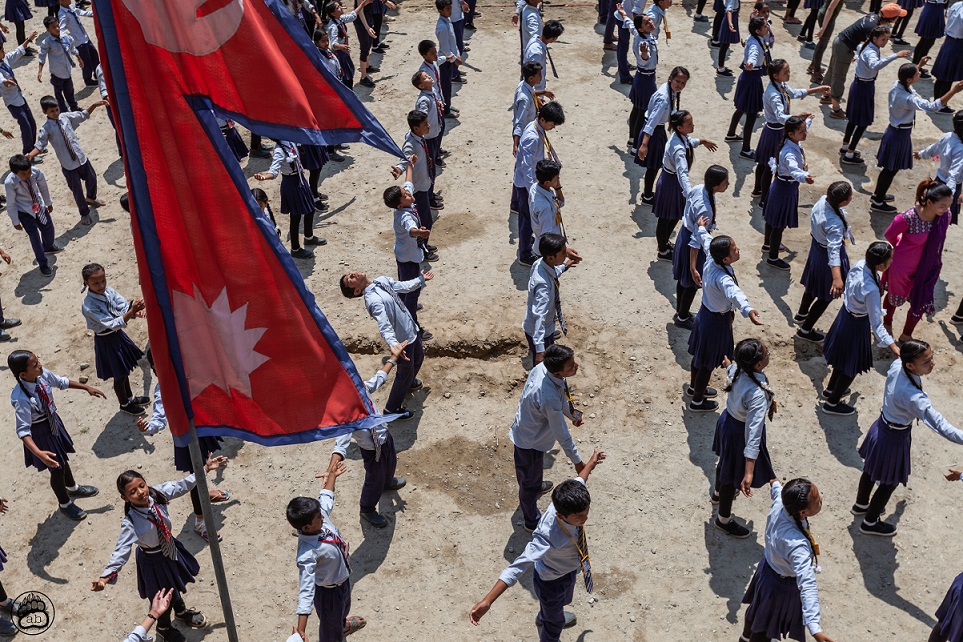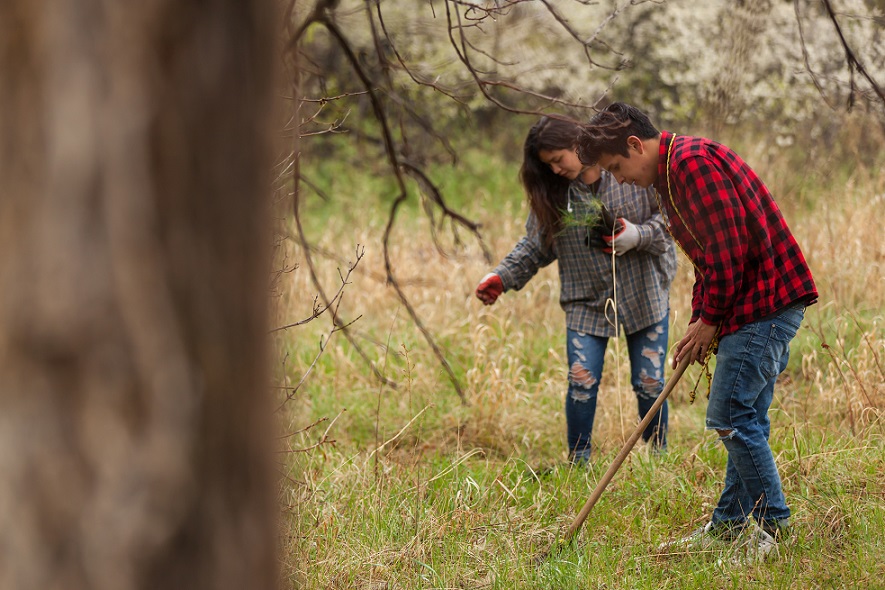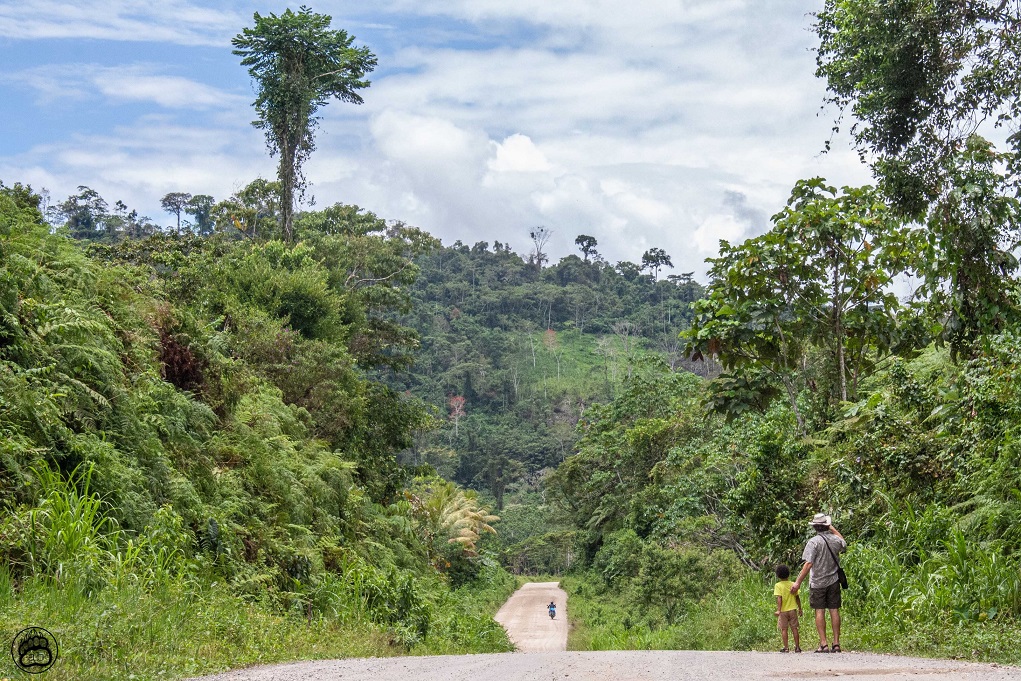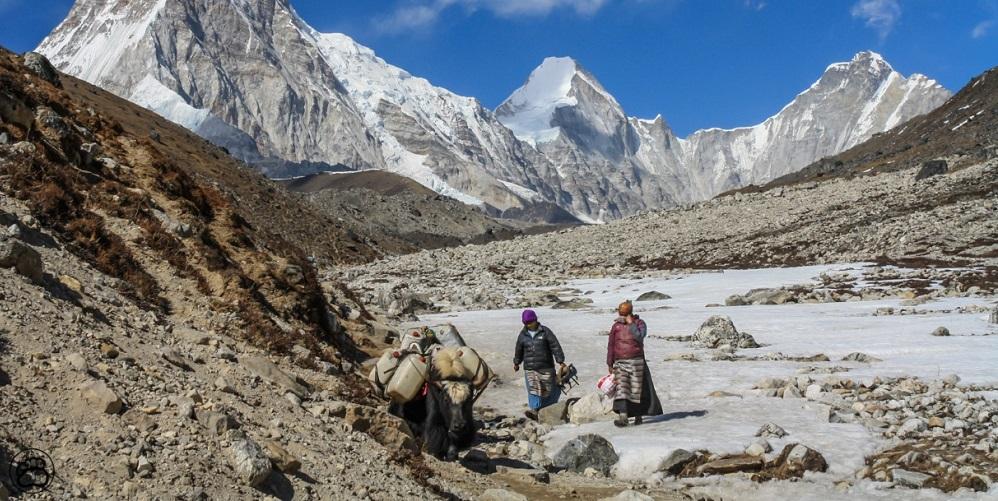Integrating local communities in adaptation and resilience planning
Adaptation International was founded in 2010 with the specific focus of partnering with communities and organizations around the world and supporting them in building resilience to climate change.
Can you tell us how the local communities you are working with are already being affected by the threat of climate change?
Through Adaptation International’s work across the U.S. with tribal, state, county, and municipal governments and communities, it is increasingly clear that communities are already experiencing the impacts of a changing climate. For example, in a recent conversation with Cyndi Foreman – the Division Chief of the Sonoma County Fire District in Northern California – she reflected back on the moment on November 1, 2019 during the Kincade Fire that she considered the very real possibility that the entire Town of Windsor could burn to the ground. As she and her team supported town staff and county sheriffs going door to door to make sure all members of their community were evacuated, all she could think about was the way nearby Coffee Park burned to the ground from the Tubbs Fire in 2017, as well as the recent devastation in Paradise from the Camp Fire in 2018. And this is just in one community. Wildfires across the region, state, and western United States are becoming bigger, hotter, lasting longer, occurring at all times of the year, and are becoming less predictable due to climate change.
Across the U.S., temperatures are increasing, sea levels are rising, drought conditions are lasting longer and becoming more intense, extreme heat events are becoming increasingly severe and more frequent, and extreme precipitation events and the subsequent flooding is becoming more severe. Through projects in California, we are seeing wildfires defy traditional wildfire risk modeling, and watching gigafires create their own weather patterns. In Clark County, Nevada (home of Las Vegas – the fastest warming city in the U.S.), megadroughts – which can last 30 to 40, even 50 years – are becoming a realistic possibility. And so much more. These climate hazards are having significant direct and indirect impacts on the natural resources, built environment, economy, health and wellbeing of people across the U.S. and disproportionately affect Black, brown, and Indigenous communities, immigrants, older adults, those with disabilities, those in low-income communities, LGBTQIA+ communities, English as a Second Language communities, those experiencing homelessness and more. Climate migrations have already begun and the impacts are only expected to get worse.
How do community members take part in climate vulnerability assessments and identify their most critical resources?
Adaptation International works hard to create a robust, community-grounded, and equitable approach that supports communities and local and regional decision-makers in understanding and planning for the impacts of climate change. This happens in a variety of ways, one of which is an explicit investment in the vulnerability assessment planning process. Our process starts by identifying systems (e.g., electric grid), resources (e.g., water or culturally significant plant or animal species), and assets (e.g., hospitals) that the community values. This allows the community to focus on the things that matter most to them. The subsequent collaborative assessment of sensitivity and adaptive capacity is always guided by a core planning team and a group of local, regional, and state technical experts that work across sectors (e.g., transportation, natural resource, public health). This group helps to provide the foundation of local expertise that is needed for every project to be successful and they provide input at every stage of the process. Adaptation International gathers the best available science, vets that information with this technical advisory group, and provides a platform for community members to add to, revise, or comment on the findings. This all happens through a variety of working meetings, workshops, and community engagement events.

How do communities co-develop resilience actions with Adaptation International?
Similar to the vulnerability assessment development process, co-developing effective climate resilience solutions requires integrating the best available science with the local and traditional knowledge that our client partners bring to each project. No one knows what climate resilience should look like for their community better than the local and regional partners we work with, and we trust that knowledge.
In many ways, the journey of building climate resilience is as important as the “destination.” All of the resilience actions are co-developed with the core team and technical advisors, and lean on the fantastic climate resilience planning work that is already happening across the region, state, and country. This investment in bringing the right people into the conversation can help strengthen connections (and break down the silos that typically develop in municipal governments) so that departments and organizations can continue to work together long after the end of a specific project.
How do you ensure that these resilience actions are equitable?
This is a process that takes careful consideration, input across a wide range of community members, and the implementation of national best practices. It is work that is evolving quickly in the climate adaptation field and for good reason.
Adaptation International is in the process of publishing its draft Justice, Equity, Diversity, and Inclusion (JEDI) statement and we center consideration of these issues in all of our planning efforts. This statement informs who we work with, how we operate, and who we are as a team. It guides our decision-making, supports our own growth as individuals and as a team, and supports the development of tools that we use to ensure JEDI principles are at the heart of our work. Beyond the statement, we are continuously evolving our internal tools, resources, and practices in this space. For example, we are working on a set of criteria that can be used to help us select which projects to invest in and partners to work with to ensure that we are addressing the needs of frontline community members (those impacted first and worst by climate change) in all of our work.

Are you partnering with local businesses in your resilience plans? If so, what is the role of these businesses in supporting and promoting adaptation? Can you share specific examples?
Adaptation International most often works with municipal, tribal, county, and state governments, but businesses do play an important role in developing effective actions. Businesses have specific concerns about the impacts of climate change on their assets, workforce, and the broader economy. For example, in a recent project with Eagle County in Colorado, climate change is forcing businesses to diversify and think long-term about a future without a reliable ski industry. In addition, business owners may be concerned about impacts of flooding, wildfire, or other hazards to their infrastructure and employees. Businesses also have broader direct and indirect connections to the community by supporting jobs, bringing in income, and adding to the quality of life for the region. These connections can be powerful when it comes to broadening the reach of an educational campaign or reaching people through the work that they do and the things they love doing.
Does your technical support for climate change adaptation and resilience also create a positive social impact on local communities (i.e. by protecting their livelihoods or creating jobs)?
Much of the work that we have done in the past has been grant funded and due to the nature of the funding, stops short of direct implementation of projects. We have focused more on the planning and prioritization of the action piece of the puzzle that many communities truly need. This landscape is also shifting in a dramatic way across the country and communities are now moving into implementation and turning their plans into reality. A few of our projects have included seed funding for projects that have directly supported work in communities. For example, in partnership with the Upper Snake River Tribes Foundation (USRT), we helped design a climate training / education program for Indigenous elementary and middle school students and the program was able to support creation of an educational specialist position at a local foundation to implement that training.

Do you measure this impact? If so, how?
The area of monitoring and evaluation of resilience is still being refined in the United States. We track the projects we have completed and some subsequent investments that have been made by communities as a result of these plans, but due to funding constraints and the nature of the funding opportunities we support communities in winning. Adaptation International does not yet have a comprehensive monitoring program. Our focus is on supporting communities in the visioning, vulnerability assessment, and climate resilience planning process. This is a growing edge in the field, and we look forward to this next iteration of climate resilience planning expanding into investing as much in the monitoring and evaluation process as it does in the planning process.
Are you planning any projects in other countries or transferring your knowledge to partners outside of the U.S.?
Yes, we plan to expand internationally as long as we have the right partners in place on the ground and when our specific expertise and experience can add value to an international partner. But right now, we are focusing on the important work that needs to happen in our own communities, regions, and states.
Do you have anything else to add?
We are grateful to have been able to partner with dozens of communities across the U.S., create new connections, and collaboratively work to develop innovative solutions to the climate crisis. Climate mitigation is critical, but adaptation and resilience cannot be ignored. Communities are already experiencing the impacts of climate change and that will continue to get worse even if we made significant greenhouse gas emission reductions tomorrow. The recent IPCC report confirmed that climate change is already “baked in” to the system at some level. While global temperatures have already warmed by over 1° C since the 19th century, we understand clearly that we can avert the most catastrophic impacts of the climate crisis by staying within the 1.5° - 2° C threshold. All of that being said, communities need to invest in enhancing their resilience to the disasters that are happening now and will continue to get worse in the future.
